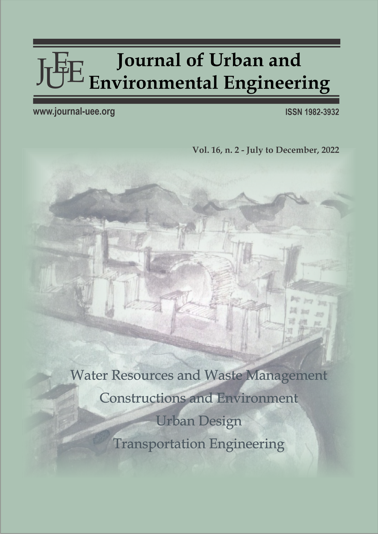BIOCHAR IN WASTEWATER TREATMENT: A SYSTEMATIC MAPPING
Abstract
There has been a ton of debate on developing goals and the conflicts regarding environmental preservation. In the wastewater treatment industry, biochar seems to appear as a low-cost and environmentally friendly alternative because of its high porosity and adsorbent capacity. This study used the Scopus database to map articles on the topic through a systematic methodology and screening. The results demonstrate the approach researchers are giving to biochar adsorbing characteristics. It was observed that research about biochar applied to wastewater is recent and shortage. China and India were the countries that most published about it. Sewage sludge was the most common biomass used for biochar production, and pyrolysis temperature remained mainly at 300º C to 700 ºC. Also, the removal of heavy metals was the greater purpose of the studies. Finally, this mapping described biochar formation and its use as an adsorbent for wastewater treatment purposes, providing important data for directing future studies.




